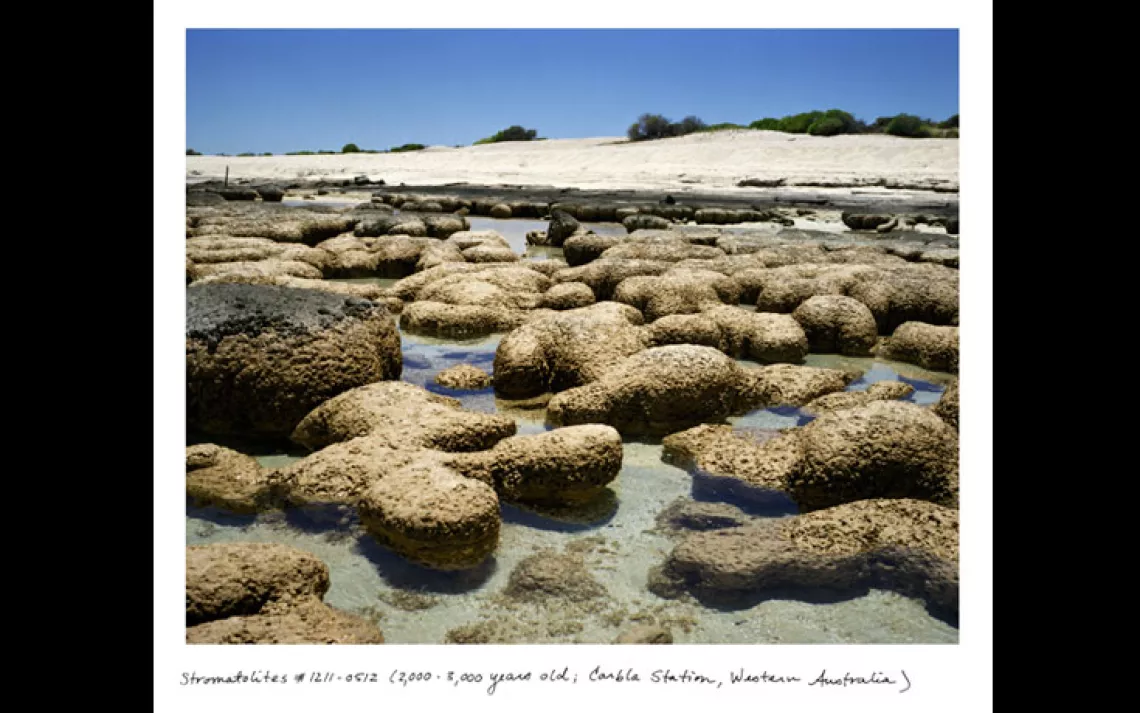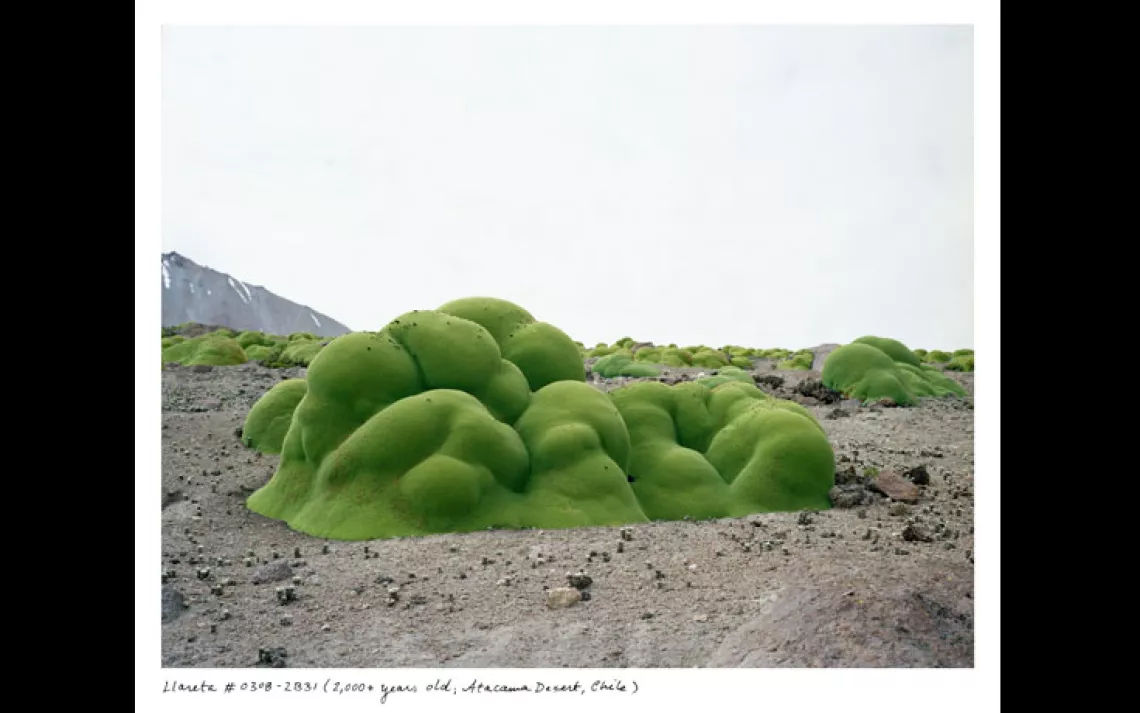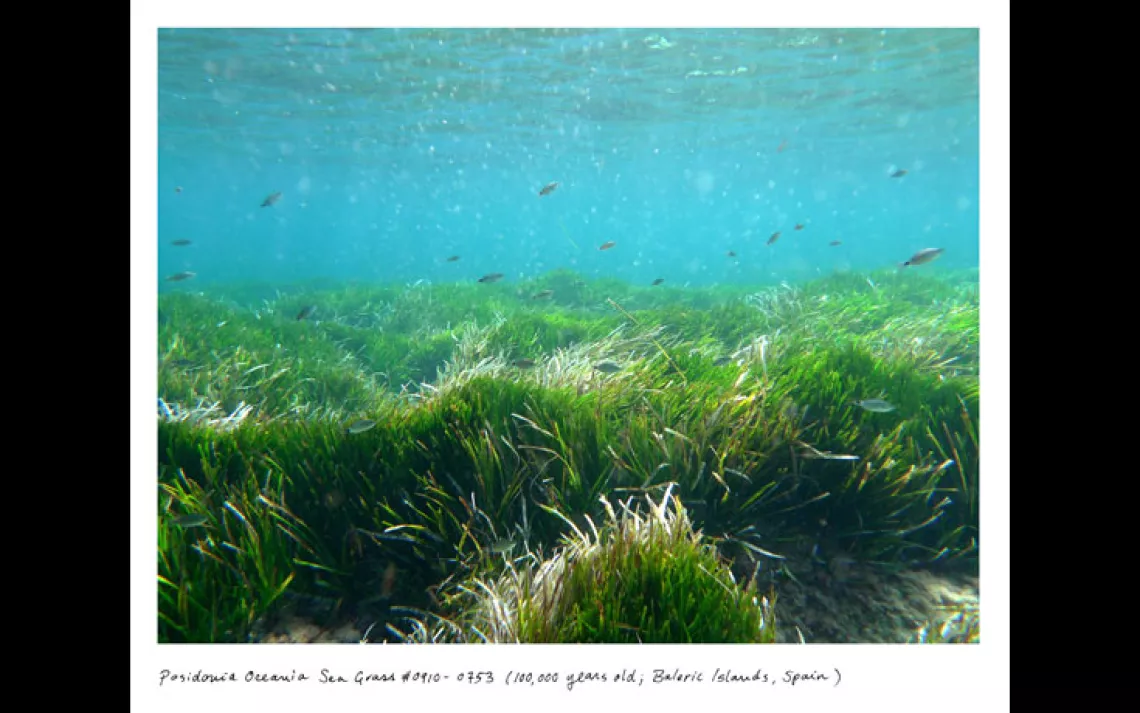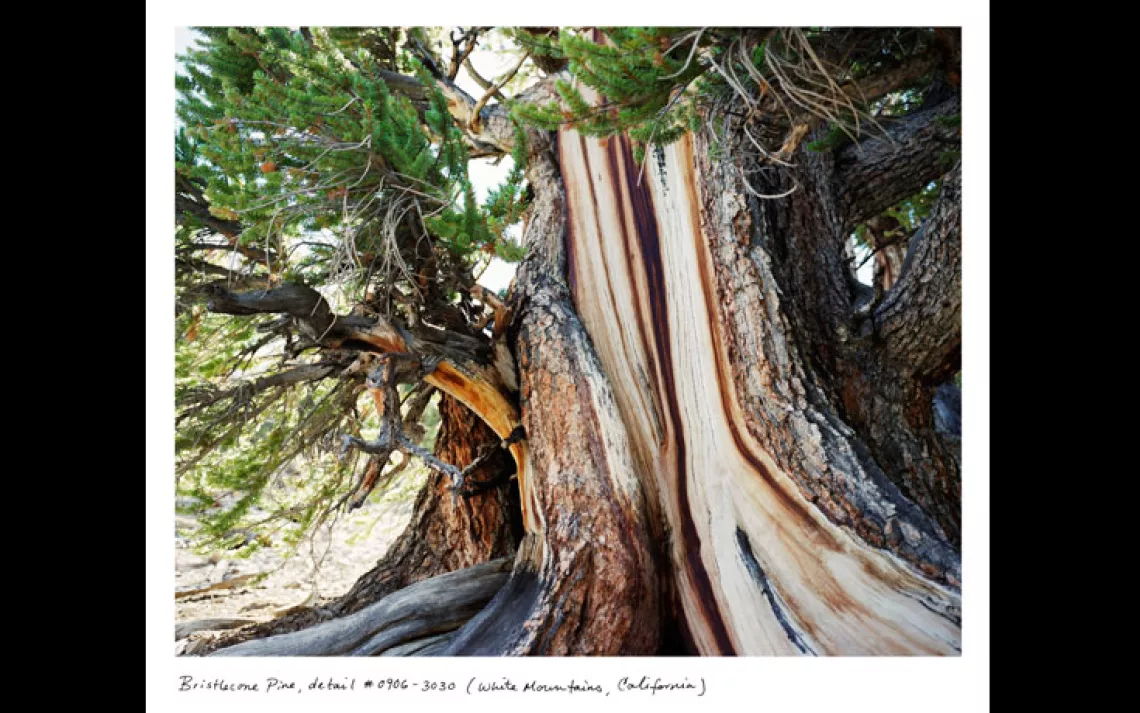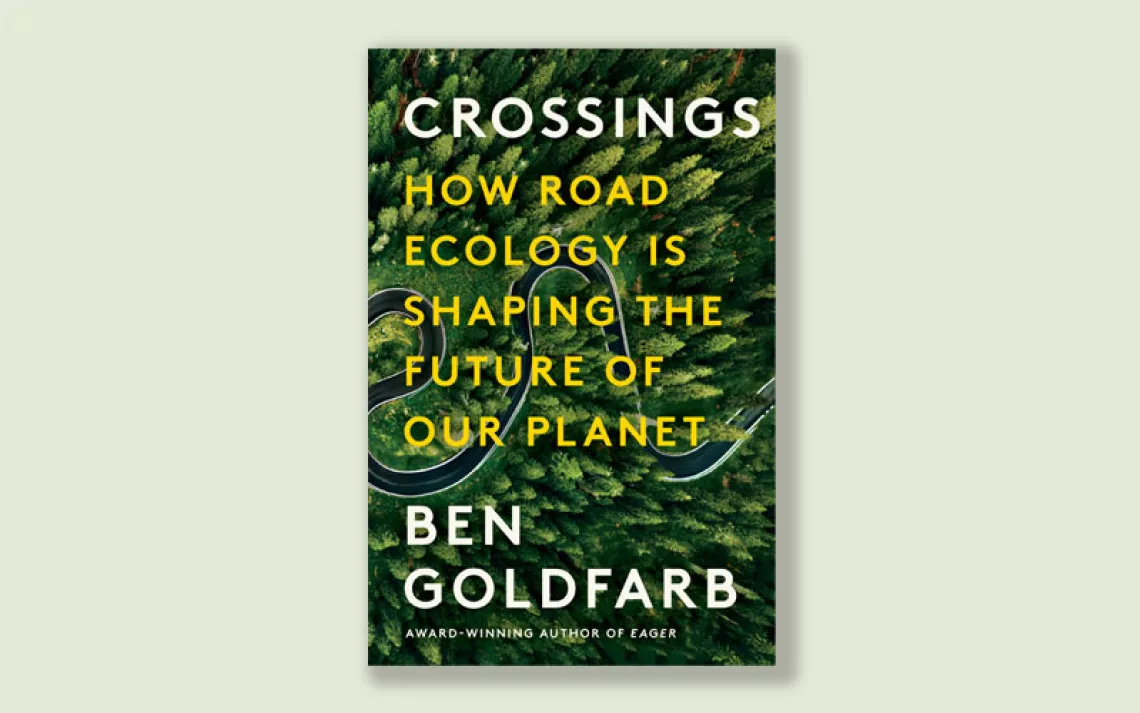Time Traveler
Imagine standing next to Jesus or Buddha, a mastodon or a saber-toothed tiger. Some of the planet's inhabitants have done just that--and Rachel Sussman wants to meet them all. Sussman's quest to photograph living organisms more than 2,000 years old has spanned 10 years and seven continents and is documented in her book, The Oldest Living Things in the World (University of Chicago Press, 2014). "The project," Sussman tells Sierra, "could go on for the rest of my life." On this scale, that's just a blip in time.
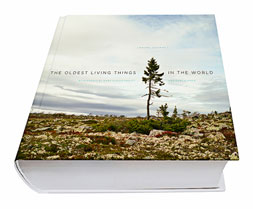
A combination of cyanobacteria and sediment, these stromatolites in Western Australia are between 2,000 and 3,000 years old, and their ancestors are credited with oxygenating the planet 3.5 billion years ago, paving the way for life as we know it. Bristlecone pines are known to live over 5,000 years. This tree hails from a cold, nutrient-poor stand high in California's White Mountains. "A lot of these organisms live in extreme conditions," Sussman says. "They're quietly doing their thing in places where a lot of things wouldn't be able to survive."
Found in high-altitude grasslands of the Andes, llaretas, like those in Peru's Atacama Desert, can live on fog and the occasional drop of rain. The 2,000-plus-year-old plant--a relative of parsley and celery--grows only a centimeter per year. "How do you survive 2,000 years?" Sussman asks. "One day at a time." In the waters near Spain's Balearic Islands--and the thumping party town of Ibiza--this meadow of Posidonia oceanica seagrass has been growing peacefully for 100,000 years. The biggest threat to its continued survival? Invasive algae introduced by cruise ships.
ON THE WEB For more information, check out theoldestlivingthings.com and watch Rachel Sussman's TED talk at ted.com/speakers/rachel_sussman.
 The Magazine of The Sierra Club
The Magazine of The Sierra Club
